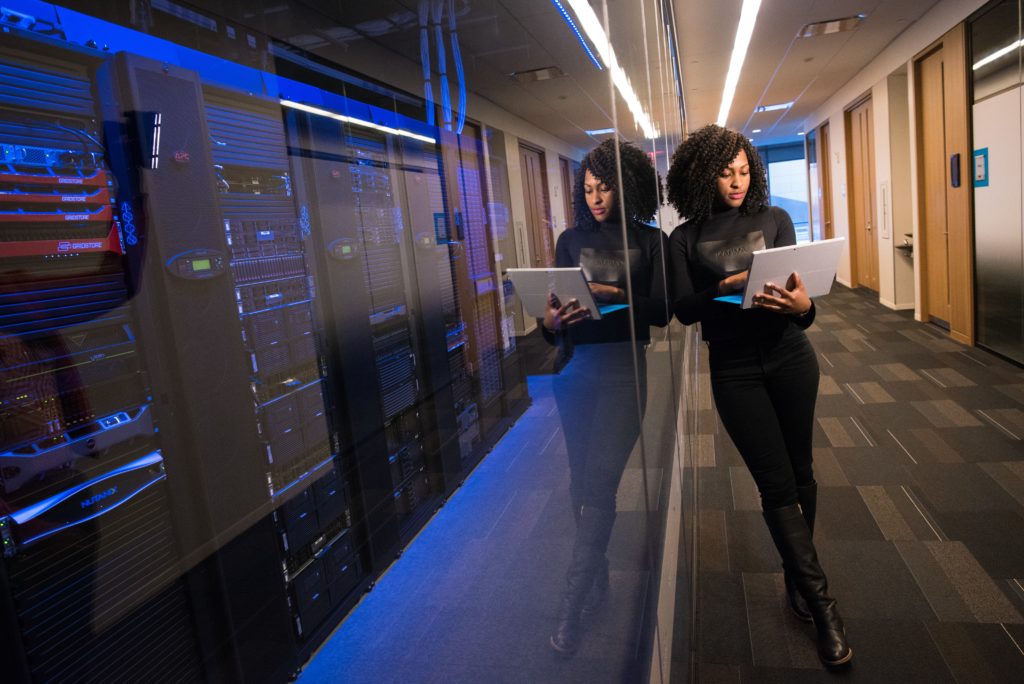The Auto Detailing Industry: Overcoming Today’s Challenges and Preparing for the Future
Auto detailing is a thriving industry where precision, customer satisfaction, and attention to detail set businesses apart. From hand waxing to ceramic coatings, auto detailing offers car owners the ability to protect and enhance their vehicles’ appearance. However, like any industry, it faces its share of challenges—both now and in the future.
In this blog, we’ll examine the current obstacles auto detailers encounter, explore emerging challenges heading into 2025 and beyond, and discuss how solutions like professional websites can position detailers for success.
Current Challenges for Auto Detailing Businesses
The auto detailing industry is seeing steady demand, yet several challenges threaten growth and profitability.
1. High Competition and Market Saturation
The auto detailing market is crowded, with thousands of businesses competing locally and regionally. The global car detailing market was valued at $14.65 billion in 2023 and is expected to grow at 3.8% annually through 2030, according to Market Research Future. This creates fierce competition for clients, especially in urban areas.
2. Rising Costs of Supplies
From high-quality cleaning products to specialized equipment, the cost of materials has risen sharply. For instance, the price of ceramic coating products increased by an average of 15% in 2023 due to supply chain disruptions and rising raw material costs. This forces businesses to balance quality and affordability.
3. Labor Shortages
Auto detailing requires skilled technicians who understand various techniques and materials. However, a 2023 report by the U.S. Bureau of Labor Statistics found that the automotive sector faces a 10% labor shortfall, with many workers shifting to higher-paying trades. This shortage limits the ability of businesses to scale.
4. Inconsistent Demand
Demand for detailing services is often seasonal. For example, many customers schedule deep cleans in spring to remove winter grime, but bookings can drop off during colder months. Businesses struggle to maintain steady revenue throughout the year.
5. Sustainability and Environmental Concerns
Car detailing requires significant amounts of water and chemicals, raising concerns about environmental impact. With 63% of consumers favoring businesses that adopt sustainable practices (according to a 2023 Nielsen report), detailers must explore eco-friendly solutions to attract environmentally conscious clients.

Story Example: John’s Auto Detailing
John, the owner of a small auto detailing business in Florida, has built a reputation for delivering impeccable results. However, rising supply costs and new competition have taken a toll. In 2023, John’s profits dropped by 12% as he struggled to differentiate his business and attract new customers.
Challenges in 2025 and Beyond
As the industry evolves, auto detailers will face new challenges driven by technology, customer expectations, and economic shifts.
1. Integration of Advanced Technology
By 2025, technology will play a larger role in auto detailing, from smart water reclamation systems to AI-assisted scheduling tools. Businesses that fail to adopt these technologies risk falling behind. According to Allied Market Research, the demand for ceramic coatings and other high-tech services will grow by 6.5% annually by 2030, highlighting the need for tech-savvy solutions.
2. Electric Vehicles (EVs)
The rise of electric vehicles brings unique detailing challenges. EVs often require specialized care for materials like glass roofs and high-tech dashboards. By 2026, EVs are expected to make up 30% of global car sales, according to BloombergNEF. Detailers will need to stay ahead by learning how to service these vehicles properly.
3. Economic Pressures
Economic uncertainty could impact customer spending habits. As the average cost of a premium detailing package reaches $300-$500, detailers may need to offer tiered pricing or discounts to appeal to cost-conscious customers.
4. Sustainability Regulations
Governments worldwide are implementing stricter environmental regulations. For example, California has introduced new laws limiting water usage in car washes, which may extend to detailing businesses. By 2025, businesses may need to invest in waterless systems or adopt biodegradable cleaning products to remain compliant.
5. Online Reputation and Customer Expectations
In the digital age, online reviews and social media play a significant role in business success. A 2024 survey by BrightLocal found that 85% of customers trust online reviews as much as personal recommendations. Maintaining a strong online presence and consistently delivering excellent service will be critical.
Story Example: Sarah’s Detailing Evolution
Sarah, a forward-thinking detailer in California, anticipated future challenges and adapted her business. In 2024, she invested in eco-friendly cleaning products and began offering EV-specific detailing packages. She also launched a sleek, professional website with video tutorials and a booking system. By 2025, Sarah’s revenue grew by 25%, and she became a local leader in sustainable detailing.
How Auto Detailers Can Thrive in a Changing Industry
To succeed, auto detailers must stay ahead of trends and meet customer expectations. Here are some strategies for growth:
1. Adopt Technology
- Invest in water-saving equipment and steam-cleaning systems.
- Use AI scheduling tools to streamline bookings and manage customer inquiries.
- Offer virtual consultations to attract tech-savvy clients.
2. Specialize in EV Care
- Train your team to handle EV-specific challenges, such as caring for unique materials and avoiding sensitive electronic components.
- Market your expertise to EV owners, who are often willing to pay a premium for specialized services.
3. Go Green
- Use biodegradable cleaning products and minimize water usage.
- Highlight your sustainable practices on your website and marketing materials.
- Partner with local environmental organizations to build community trust.
4. Focus on Customer Experience
- Offer tiered service packages to accommodate various budgets.
- Use CRM software to track customer preferences and send personalized follow-ups.
- Showcase your expertise through social media, blog posts, and customer testimonials.
5. Strengthen Your Online Presence
- A professional website with high-quality images, videos, and booking capabilities is essential.
- Optimize your site for local SEO to attract customers in your area.
- Actively engage with clients on platforms like Instagram and TikTok, sharing before-and-after photos and detailing tips.

Elevate Your Auto Detailing Business with Tech-ke Websites
In a competitive market, your website is your most powerful tool for attracting and retaining customers. At Tech-ke Websites, we specialize in creating modern, engaging sites tailored to your unique needs.
What We Offer
- Professional Videos: Showcase your detailing process and highlight client transformations with stunning, high-quality video content.
- Drone Footage: Use aerial views to display your facility or demonstrate outdoor services in a dynamic and captivating way.
- Interactive Features: Add appointment booking systems, service calculators, and customer testimonials to streamline your business operations.
- Cutting-Edge Design: Create a mobile-friendly, visually appealing site that reflects the precision and care you bring to your work.
Why Choose Tech-ke Websites?
At Tech-ke, we understand the unique challenges of the auto detailing industry. Our team combines creative design with the latest technology to help you stand out and grow your business. Whether you’re starting fresh or modernizing an existing brand, we’re here to help.
Take Your Business to the Next Level
Ready to build a website that works as hard as you do? Whether you’re launching a new detailing business or looking to elevate your brand, Tech-ke Websites has the tools and expertise to drive your success.
Contact us today and let’s build something great together!
4







































































